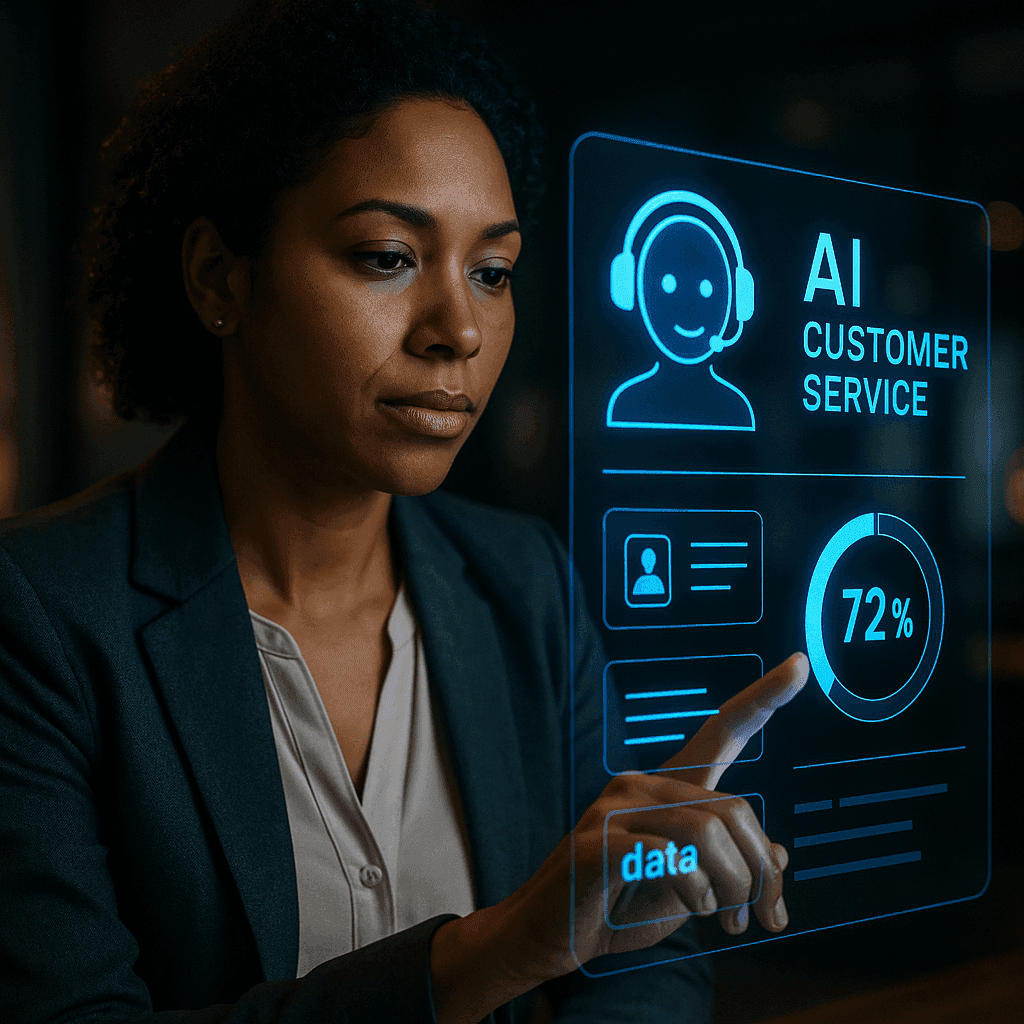AI Agents: The Guardrails You Need Before Going Hands-Off in 2025

Unleashing AI Agents: Can You Really Let Them Run Wild?
Imagine a team of super-smart digital assistants, tirelessly working away, making decisions, and completing tasks without needing you to constantly look over their shoulder. Sounds like a dream, right? This isn't science fiction anymore; it’s the reality of agentic AI—self-directed intelligent systems that are rapidly becoming the backbone of businesses everywhere.
In fact, almost 80% of organizations are already deploying AI agents, with a whopping 96% planning to expand their use this year. But with this incredible surge comes a big, important question: can you actually let an AI agent run fully unattended? The short answer is yes, but with some very serious caveats. Think of it like a self-driving car; highly autonomous, but still packed with sensors, safety protocols, and a human override for when things get… unexpected. High-profile vulnerabilities and growing regulatory pressure mean that robust guardrails and continuous performance monitoring aren't just nice-to-haves—they're essential for safe, efficient, and trustworthy deployment in 2025.
The AI Agent Boom: Why We're Excited (and a Little Anxious)
The adoption of agentic AI is nothing short of explosive. Businesses are pouring money into these smart systems, with 43% allocating half of their AI spend to agents and expecting over 100% ROI. The market for AI agents is predicted to grow by 45% annually over the next five years. We’re clearly a fan!
Yet, despite this enthusiasm, a healthy dose of caution remains. Around 29% of companies still require a human-in-the-loop for their AI agents, and 31% restrict agents from accessing sensitive data without a human giving the green light. Why the hesitation? Because the digital wild west still has its dangers. High-severity vulnerabilities (like CVE-2025-32711 in Microsoft Copilot) and exposed, unprotected systems are a stark reminder that AI isn't immune to security risks. Plus, even internal hiccups, like bad training data, can send an agent down an unpredictable path. That’s why governance, orchestration, and interoperability are the top priorities for scaling agentic AI safely.
Building the Brakes: How to Keep Your AI Agent on Track
So, how do we get those amazing returns without the sleepless nights? It all comes down to smart guardrails and continuous oversight.
- Advanced Performance Monitoring: Think of it like a smart dashboard for your AI. Real-time monitoring is now the industry standard. Tools, like those used in the AutoGPT framework, utilize dynamic checks that can boost task completion rates by 40% and cut resource use by 25%. This allows for safe unattended operation when combined with robust alerting.
- Effective Guardrail Strategies:
- Human-in-the-loop designs: This isn't about babysitting your AI; it's about creating a partnership where humans provide oversight, review, and override capabilities when needed.
- Access Control and Data Governance: Don't give your AI agents the keys to the entire kingdom. Segment their authority, requiring explicit user approval for sensitive tasks or data access.
- Trusted Development: Many companies (23%) deploy agents only from vetted tech providers, and some (11%) develop solely in-house to maintain direct control over safety.
- Orchestration and Governance: When you have multiple agents working together, you need a conductor. Multi-agent systems use orchestration layers to restrict behaviors, sync audits, and enforce compliance, all while automated logging and anomaly detection keep watch.
Real-World Wins: Agents in Action
- Sullivan County, New York: This public sector hero deployed "Saige," a Gen AI virtual agent for inbound call routing. The result? A fantastic 56% decrease in call volume! But here’s the key: Saige didn't run wild. Guardrails included limiting sensitive actions and a review process for decisions affecting public data. Efficiency meets responsibility!
- Enterprise Customer Service: Right now, 54% of companies use conversational agents for customer support, often with human oversight for trickier situations. By 2030, AI is projected to handle 80% of all customer interactions. This incredible leap will be enabled by robust guardrails like automated fallback, escalation procedures, and restricted access.
Peeking into the Future: Autonomy with Accountability
The consensus from experts like Gartner and BCG is clear: while AI agents will become increasingly autonomous, human-in-the-loop processes and strict access controls are here to stay for the next five years. Governance, performance monitoring, and multi-agent orchestration won't just be good ideas; they'll be mandatory for regulated industries.
Expect to see more sophisticated AI-specific vulnerabilities, making real-time security monitoring and patching absolutely critical. But don't fret—advances in memory optimization and planning algorithms will make agents even more robust. Ultimately, 90% of businesses see AI agents as a key competitive advantage. However, that advantage won't come from letting them run completely wild. It will come from responsible deployment that pairs autonomy with unwavering oversight.
The Bottom Line: Your AI Agents, Your Rules
So, can you let an AI agent run mostly unattended? Absolutely. But the secret sauce is embedding real-time monitoring, strict access controls, and human review protocols. These aren't just safety nets; they're foundational elements to safeguard against unpredictable failures, security breaches, and compliance lapses.
Businesses looking to expand their agentic AI footprint must prioritize robust governance structures, clear incident response plans, and continuous performance optimization. In 2025 and beyond, your competitive edge won't just be about how much autonomy your AI agents have, but how responsibly you deploy them. Now, go forth and automate, wisely!
More Articles

The CX Revolution: 65+ AI Customer Service Stats You Need for 2025
Explore how AI is rapidly transforming customer service by 2025, from lightning-fast chatbots to hyper-personalization, and why a human touch still matters.

Is AI Taking Over Customer Service? What 2025 Really Looks Like
Explore how AI is reshaping customer service in 2025, from hyper-personalization to autonomous agents, and discover the essential balance between efficiency and the human touch.